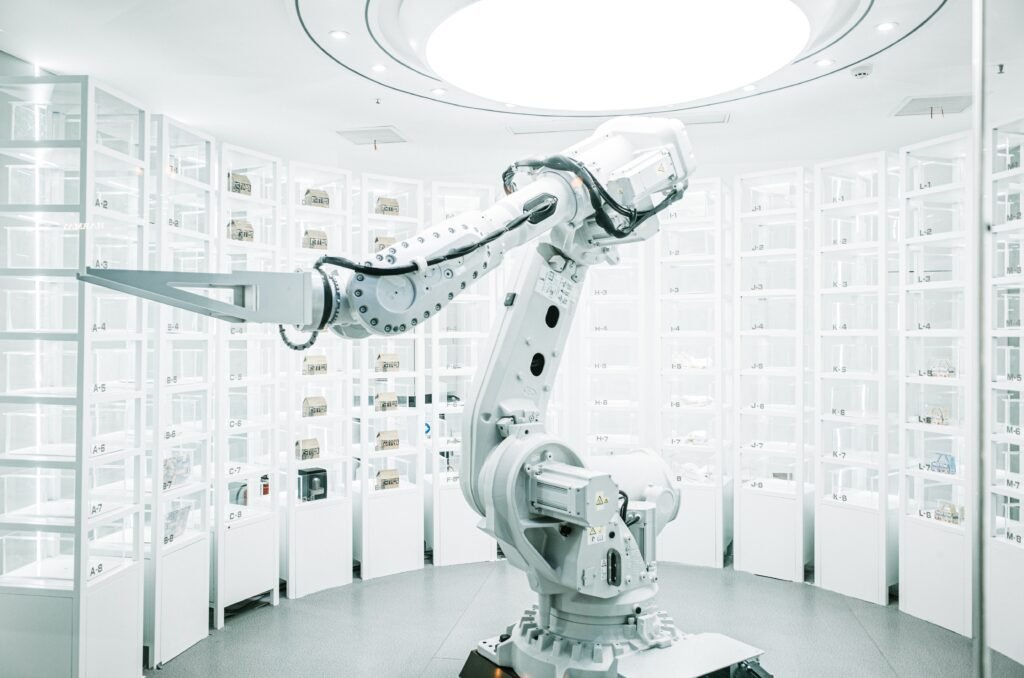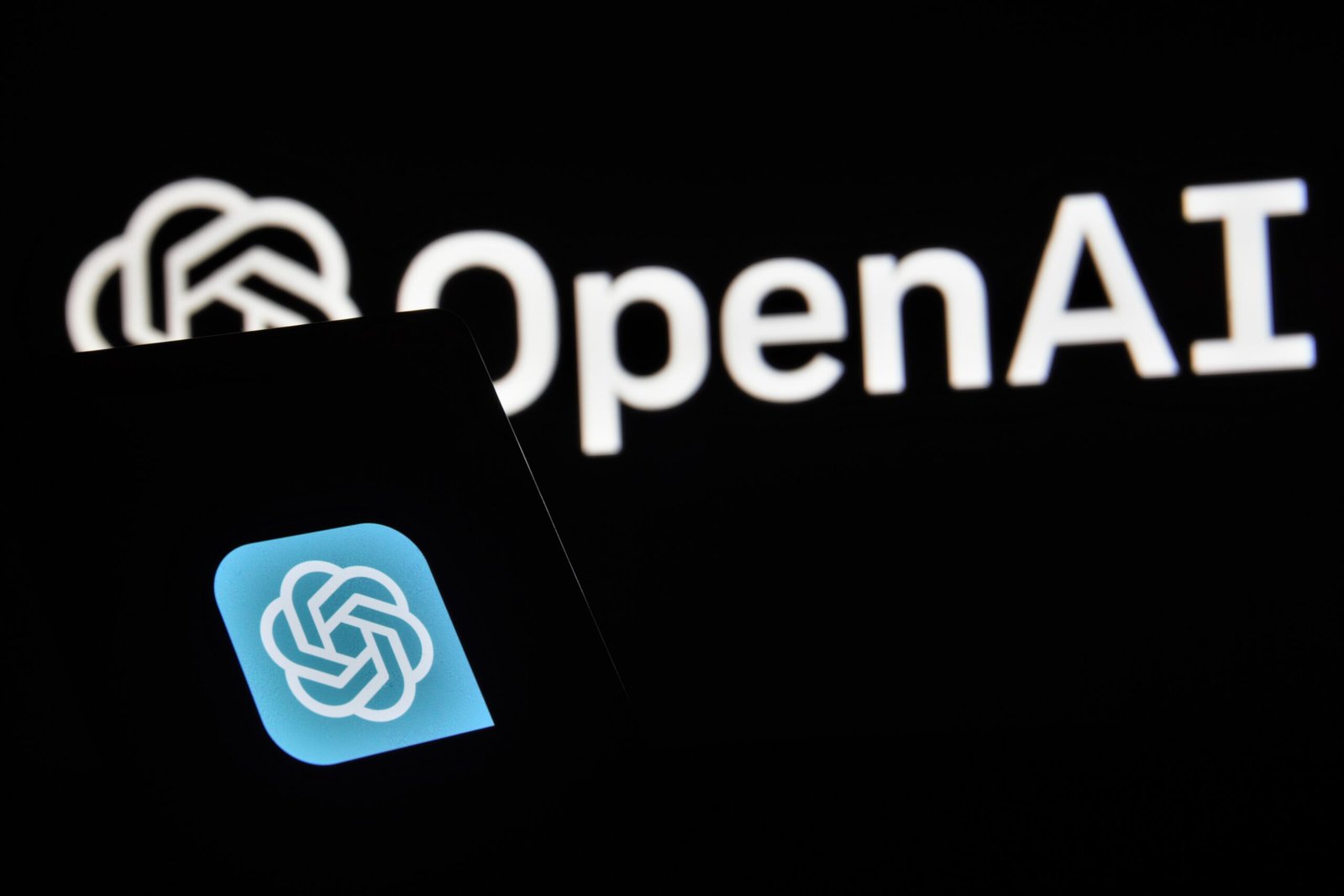Artificial intelligence, a concept that has revolutionized the world of technology, but have you ever wondered who is considered the father of this groundbreaking field? In this article, we unravel the mystery behind the creation and development of artificial intelligence, shedding light on the remarkable contributions of Alan Turing. Prepare to be amazed as we explore the life and accomplishments of the man who is often hailed as the father of artificial intelligence.
Overview
Artificial Intelligence (AI) is a field that explores the creation and development of intelligent machines that can perform tasks that typically require human intelligence. These tasks include problem-solving, learning, decision-making, speech recognition, and natural language processing. AI has gained immense importance in recent years, revolutionizing various industries such as healthcare, transportation, finance, and manufacturing.
Definition of Artificial Intelligence
Artificial Intelligence refers to the ability of machines to think and reason like humans, allowing them to perceive and understand their environment, learn from experience, and make decisions based on the information available. AI can be classified into two types: Narrow AI, which is designed for specific tasks, and General AI, which exhibits intelligence similar to humans across various domains.
Importance of Artificial Intelligence
The importance of Artificial Intelligence cannot be overstated. AI technologies have the potential to solve complex problems, increase efficiency, and improve human lives. In healthcare, AI can aid in early disease detection, accelerate drug discovery, and revolutionize patient care. AI-powered systems in transportation can enhance safety measures, automate driving, and reduce traffic congestion. Moreover, AI has the capacity to revolutionize customer service, financial analysis, cybersecurity, and many other areas, leading to increased productivity and innovation.
The Early Pioneers
Alan Turing
Alan Turing, often regarded as the “father of artificial intelligence,” made pioneering contributions to the field during World War II. He developed the concept of a “Universal Machine,” later termed the Turing Machine, which laid the foundation for modern computers. Turing formulated the “Turing Test,” a method to determine a machine’s ability to exhibit intelligent behavior indistinguishable from humans. His work on mathematical logic and the principles of computation greatly influenced the early development of AI.
John McCarthy
Another key figure in the early development of Artificial Intelligence is John McCarthy. McCarthy coined the term “Artificial Intelligence” and organized the “Dartmouth Conference” in 1956, where the field of AI was officially established. He created the programming language LISP, which became instrumental in AI research. McCarthy’s significant contribution was the development of the “Logic Theorist,” an automated theorem-proving program that showcased the potential of AI in problem-solving.

The Cognitive Revolution
Herbert A. Simon
Herbert A. Simon was a cognitive psychologist and computer science pioneer who played a vital role in the cognitive revolution within AI. Simon’s work focused on problem-solving and decision-making processes in both humans and machines. He introduced the concept of “bounded rationality,” which proposed that intelligent behavior could be achieved through a limited set of rules and heuristics. Simon’s research laid the groundwork for the development of AI systems that could emulate human reasoning.
Allen Newell
Allen Newell, along with Herbert A. Simon, partnered in seminal research that led to significant advancements in AI during the cognitive revolution. Together, they developed the “Logic Theorist” program, which could prove mathematical theorems. Newell also invented the “General Problem Solver” (GPS), a computer program that aimed to solve problems in a wide range of domains. This work marked a shift towards symbolic AI, where AI systems were designed to manipulate symbols and logical rules.
The Symbolic AI Era
Marvin Minsky
Marvin Minsky was a prominent figure during the era of symbolic AI. He explored the symbolic manipulation of knowledge and developed the “Semantic Networks” model to represent and reason with knowledge. Minsky’s work on artificial neural networks contributed to the development of perception models within AI. He co-founded the Massachusetts Institute of Technology (MIT) Media Lab, which played a major role in advancing AI research and development.
John McCarthy
Apart from his early contributions, John McCarthy also played a significant role during the symbolic AI era. McCarthy popularized the concept of “LISP” programming language, which became widely used in AI research. He also worked on the development of AI programming languages and explored the idea of computer time-sharing, which allowed multiple users to simultaneously access a single computer. McCarthy’s involvement in AI research continued to impact the field significantly.

The Connectionist Approach
Frank Rosenblatt
Frank Rosenblatt is credited with developing the “Perceptron,” a pioneering neural network model that laid the foundation for the connectionist approach to AI. The Perceptron was an early attempt at machine learning, utilizing simple algorithms to recognize and classify patterns. Rosenblatt’s work influenced the future development of artificial neural networks and paved the way for advancements in machine learning algorithms.
Warren McCulloch and Walter Pitts
Warren McCulloch and Walter Pitts collaborated to develop the “McCulloch-Pitts Neuron,” a computational model of a biological neuron. This conceptual model formed the basis of artificial neural networks and contributed to understanding how the brain processes information. Their work stimulated further research in developing computational models inspired by the human brain.
The Emergence of Machine Learning
Arthur Samuel
Arthur Samuel is recognized as one of the early pioneers of machine learning. He developed a program called the “Samuel Checkers-Playing Program” in the 1950s, which used artificial neural networks to improve its performance by learning from experience. This marked a significant advancement in AI, as the program could refine its decision-making abilities over time. Samuel’s work laid the foundation for the field of machine learning, which is now a fundamental aspect of AI.
Tom M. Mitchell
Tom M. Mitchell’s contributions to the emergence of machine learning are notable. He developed an influential definition of machine learning as a subfield of AI, emphasizing its focus on designing algorithms that enable computers to learn from data and improve their performance on specific tasks. Mitchell’s research encompassed various machine learning techniques, such as decision trees, neural networks, and data mining, further advancing the field and its applications.

Modern AI Revolution
Geoffrey Hinton
Geoffrey Hinton is widely recognized for his groundbreaking work in deep learning, a subfield of machine learning that has revolutionized AI. Hinton developed the concept of “Deep Belief Networks” and made significant contributions to the field of artificial neural networks. His research ignited renewed interest in neural networks, leading to the development of powerful algorithms for image recognition, natural language processing, and other AI applications.
Yann LeCun
Yann LeCun’s contributions to AI, specifically in the field of deep learning, are significant. He is considered one of the pioneers of Convolutional Neural Networks (CNN), a type of neural network widely used in image and speech recognition tasks. LeCun’s research on backpropagation algorithms and unsupervised learning methodologies greatly influenced the development of deep learning models and contributed to their widespread adoption.
Joshua Bengio
Joshua Bengio, a leading figure in deep learning, has made significant contributions to the field. Bengio’s research focuses on developing algorithms that can learn and understand complex patterns in data. Along with Geoffery Hinton and Yann LeCun, he co-founded the field of deep learning and has been instrumental in advancing AI models such as Recurrent Neural Networks (RNN) and Generative Adversarial Networks (GAN). His contributions have influenced various AI applications, including natural language processing, computer vision, and robotics.
Conclusion
The journey of Artificial Intelligence has been shaped by the collective contributions of numerous pioneers and researchers. While it is tempting to attribute the title of “father of AI” to a single individual, the reality is that the field has evolved through the collaborative efforts of many brilliant minds. Figures like Alan Turing, John McCarthy, Herbert A. Simon, Marvin Minsky, Frank Rosenblatt, Arthur Samuel, Geoffrey Hinton, Yann LeCun, and Joshua Bengio have all played critical roles in advancing AI and shaping its direction.
Artificial Intelligence is a field that thrives on collaboration, innovation, and continuous improvement. Each of these individuals brought unique perspectives and contributions, be it in the form of algorithms, models, or conceptual frameworks. The evolution of AI has been an iterative process, building upon the foundations laid by earlier pioneers and expanding the realm of what is possible.
Rather than seeking a singular “father” figure, let us appreciate the collective intelligence and ingenuity of these individuals who have shaped Artificial Intelligence into the transformative force it is today. Through their dedicated efforts, AI continues to advance, unlocking new possibilities and propelling us towards a future where intelligent machines augment and enhance human capabilities.




